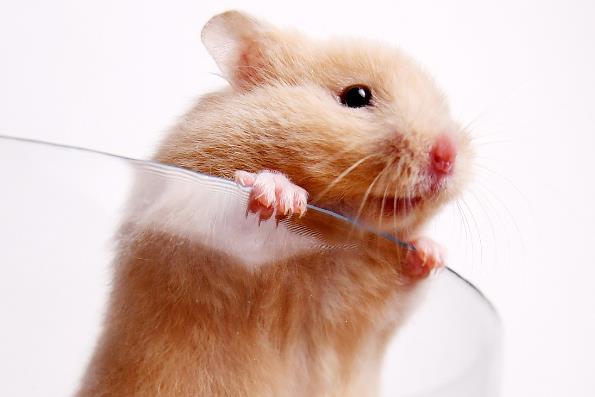Hamsters don't truly hibernate, but they may enter a state of pseudo-hibernation. In such a situation, immediate measures should be taken to wake them up and keep them warm. Here are the specific operation steps and precautions:

Warming Up:
Once you find that a hamster has entered a state of pseudo-hibernation, immediately place it in a warm environment. You can use warm hot water bags (wrapped with towels to avoid burns), warm light bulbs, incubators, etc.
The temperature should be controlled between 22 and 28 degrees Celsius. Generally, it is recommended to keep the temperature below 55 degrees Fahrenheit to avoid overheating and harming the hamster.
Feeding Glucose:
While warming up the hamster, you can feed it some glucose water or water mixed with multi-vitamin electrolytes to replenish its strength.
If the hamster can't open its mouth, you can use a small spoon or syringe to pry it open a little bit and slowly feed it.
Keeping Warm:
After the hamster wakes up, continue to keep it warm and put more tissues or cotton in the cage to ensure that the hamster can stay warm.
The cage can be wrapped with clothes to enhance the warming effect.
Observation and Follow-up Care:
Observe the recovery situation of the hamster. If the environmental temperature is above 15 degrees Celsius, especially above 20 degrees Celsius, and the hamster still doesn't wake up, it is recommended to seek medical attention in a timely manner.
After the hamster wakes up, don't rush to feed it solid food. You can first feed it some glucose water, and when the hamster becomes active, then feed it easily digestible food.
Prevention:
In winter, take good measures to keep your hamster warm and avoid it entering a state of pseudo-hibernation.
You can feed your hamster high-calorie foods, such as soybean powder, various grains, peanuts, and sunflower seeds, to help it store fat and get through the winter smoothly.
Precautions:
During the warming process, avoid overheating and harming the hamster. The temperature should be moderate.
When feeding glucose, feed it slowly to avoid choking the hamster.
If the hamster doesn't wake up for a long time or its condition worsens, seek medical attention in a timely manner.
By following the above steps, you can effectively wake up and take care of hamsters in a state of pseudo-hibernation.
